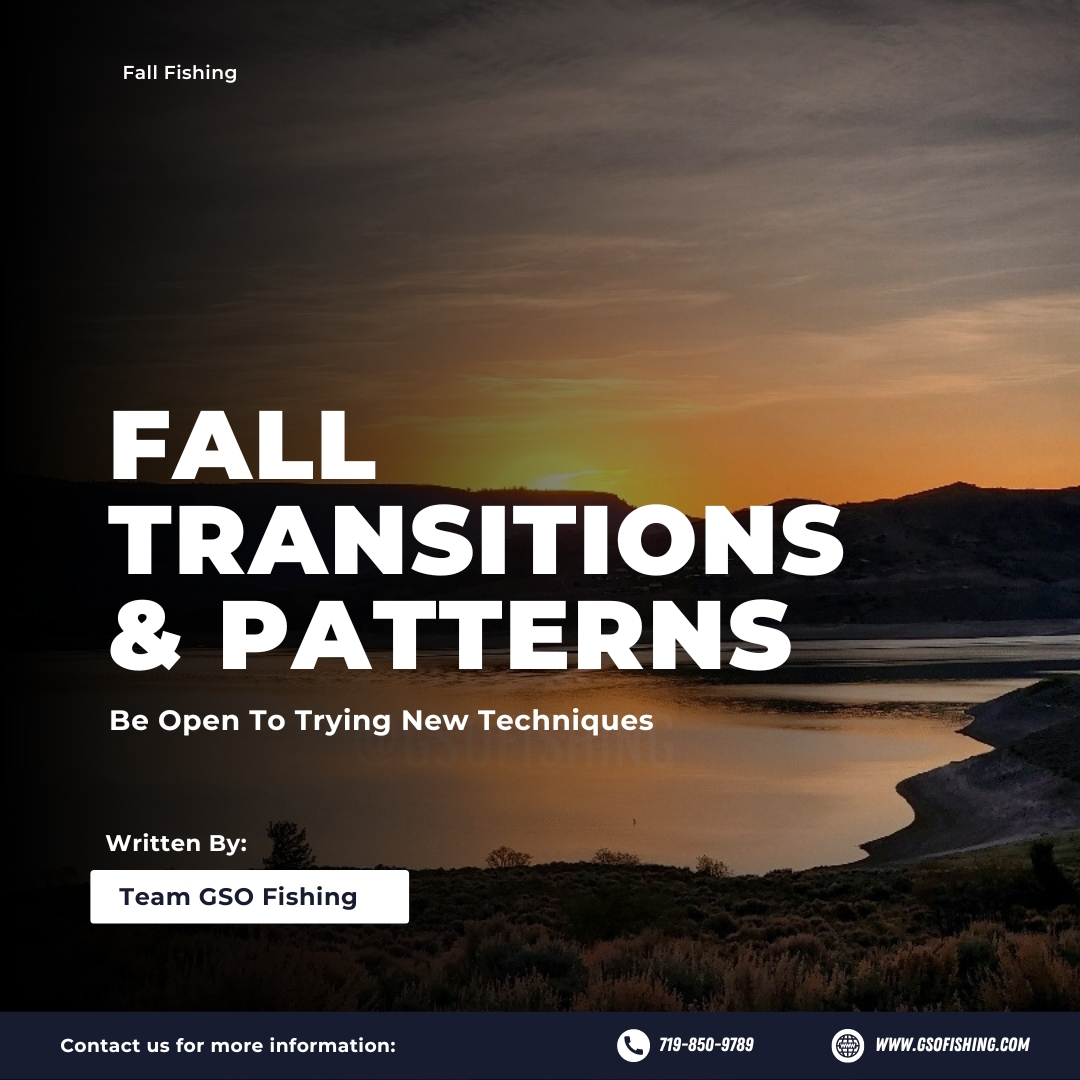
As summer gradually gives way to fall, a subtle transformation begins to unfold beneath the water’s surface. This transition, driven by cooler temperatures and shifting daylight hours, triggers changes among the local fish populations. Understanding these patterns can be the key to success during your fall fishing adventures.
Temperature Matters:
One of the most significant triggers for fish behavior in the fall is water temperature. As the air cools and autumn takes hold, the lake’s surface temperature starts to drop. This drop affects various fish species differently.
- Trout: Brown and Rainbow trout, for instance, are known to thrive in cooler waters. As the temperature decreases, they become more active and move closer to the shallows. This is great news for anglers targeting these beautiful fish from the shoreline or in belly boats.
- Lake Trout: On the other hand, Lake trout, also known as Mackinaw, tend to prefer cold waters year-round. Fall is an excellent time to target them as they transition to the shallow for their spawning season.
- Yellow Perch: Yellow Perch, with their schooling behavior, also react to cooling water. They move to deeper areas but stay near structures like rocky points and drop-offs.
- Bass: Largemouth and Smallmouth bass, being warm-water fish, experience a bit of a slowdown in their metabolism as the water cools. However, they can still be caught, particularly around structures like submerged trees and rocky outcrops.
Changing Food Sources:
Fall also brings about shifts in the food sources available to fish. As the water cools, aquatic insects become less active, leading fish to focus more on minnows, smaller fish, and even crayfish. This change in diet can influence where fish are found in the lake.
The Role of Light:
With shorter daylight hours, fish often adjust their feeding times. Dawn and dusk become prime times for fishing, as fish are more active during these low-light periods.
Matching Your Approach:
Understanding these fall transitions is only half the battle. To succeed, it’s crucial to adapt your fishing approach accordingly. Consider using lures and baits that mimic the natural prey of the fish you’re targeting. Additionally, be patient and willing to experiment with different depths and locations until you find where the fish are congregating.
Remember, fall fishing in cold water lakes can be incredibly rewarding. The changing conditions make for a dynamic and exciting angling experience. So, grab your gear, be sure to add a few extra layers of clothing, and head out to your favorite fishing spot to enjoy the beauty of fall and the thrill of the catch.
We hope you’ve found this information helpful! Be sure to check out our other Blog Posts, YouTube Channel, and Online Courses as well as our Guided, On The Water Trainings and our lineup of premium fishing products in our Tackle Shop!
If you have any questions visit our Contact Us page, or email us at info@gsofishing.com. We are here to help. – Team GSO Fishing
